Have you ever woken up and found your once-affectionate cat suddenly avoiding your touch, lurking in shadows, or staring at you with that mysterious feline gaze? It can feel like a punch to the heart—especially when your four-legged friend used to curl up next to you every night. If your cat’s cold shoulder has left you feeling confused, rejected, or even a little hurt, you’re not alone. Cats are full of secrets, and their sudden change in behavior can be both puzzling and painful. Let’s dive into what’s going on when your cat becomes distant, and discover how you can gently bridge the gap between you and your furry companion.
Recognizing the Signs of a Distant Cat

Spotting a distant cat isn’t always as simple as them hiding under the bed. Sometimes, the signs are subtle—a missed greeting at the door, less purring, or no longer seeking your lap. You might notice them avoiding eye contact or shying away from your hand. Instead of playful pounces, you get slow blinks or quick exits from the room. These behaviors can sneak up on you, making it important to pay attention to even the smallest changes. Sometimes, distance can look like aloofness, but it’s often a cat’s way of saying something isn’t quite right. The key is to observe without judgment and take note of their new patterns.
Understanding Why Cats Become Distant
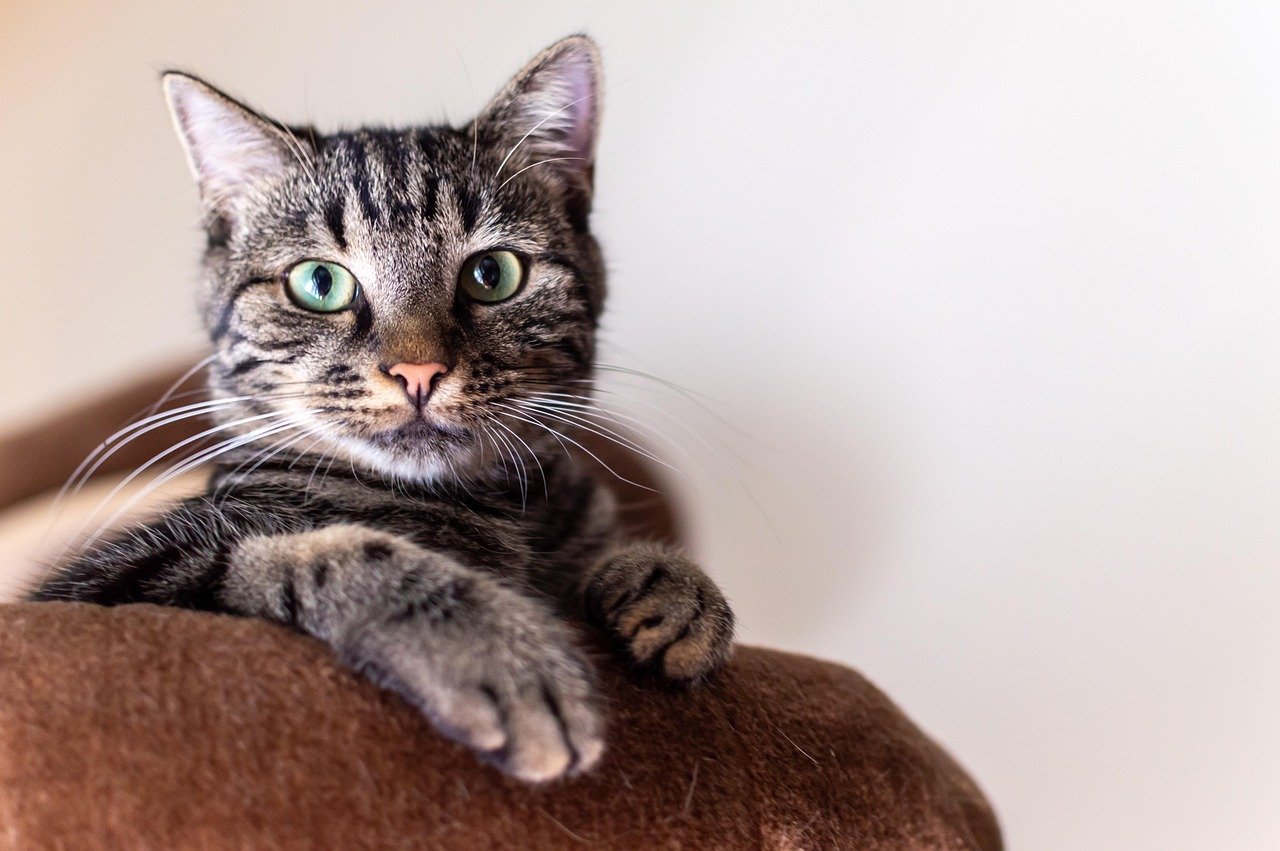
Cats are complex creatures, and their moods can shift for many reasons. Sometimes, a cat’s sudden distance is rooted in stress, fear, or even a new scent in the house. It could be as simple as rearranged furniture or as significant as a new pet or family member. Health issues, changes in their environment, or even a loud thunderstorm last night might rattle their nerves. Unlike dogs, cats don’t always show their feelings openly, so their withdrawal can be their way of coping. Remember, a distant cat isn’t necessarily angry—they’re just communicating in their own unique way.
Checking for Physical Health Issues
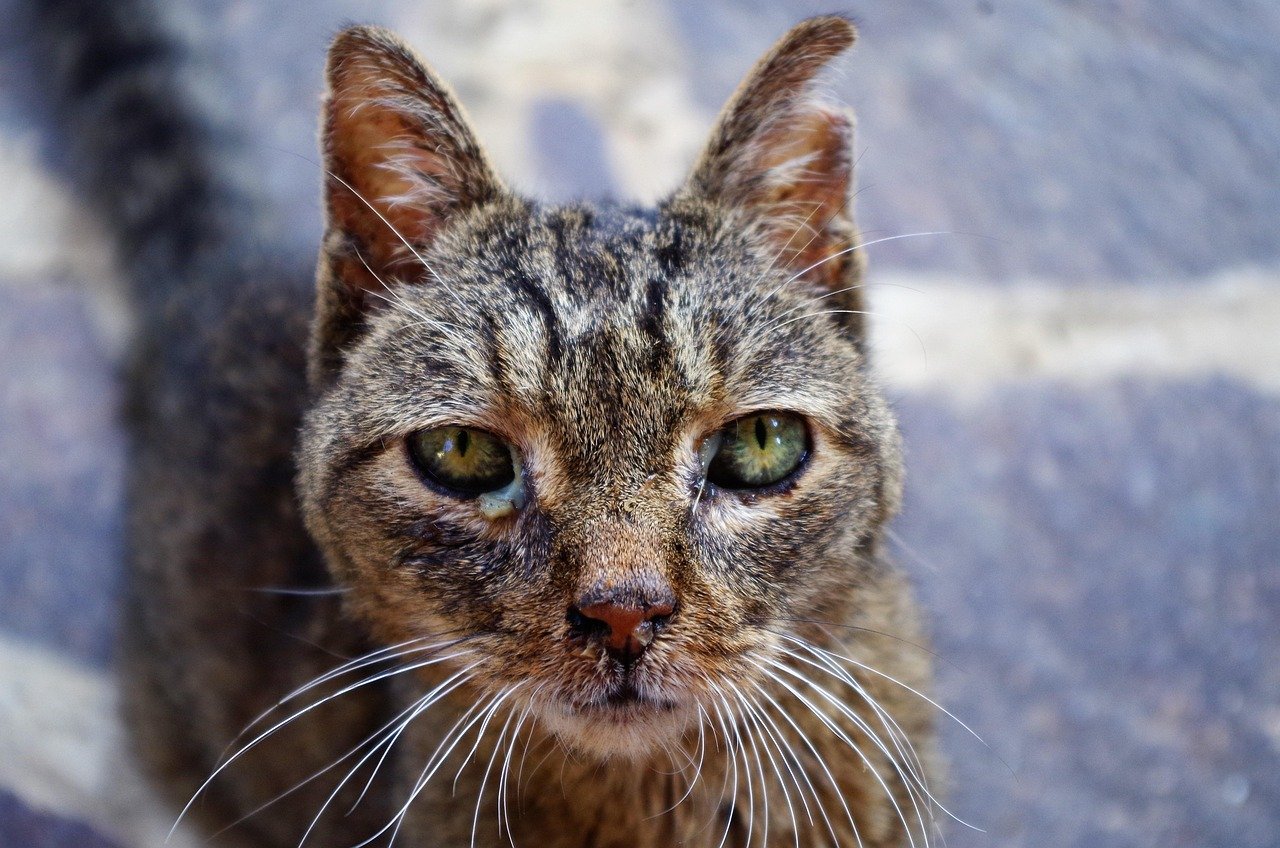
One of the most important steps is to rule out medical problems. Cats are masters at hiding pain, so subtle withdrawal might actually signal illness. Pay attention to changes in appetite, grooming habits, or litter box use. If your cat’s distance is paired with weight loss, vomiting, or sleeping more than usual, it’s time for a vet visit. Even dental pain or arthritis can make your cat less social. Don’t wait too long—sometimes what seems emotional is actually physical, and catching health issues early can make all the difference.
Evaluating Changes in the Home Environment

Think about what’s changed recently in your cat’s world. Did you move the couch, bring home a new baby, or start using a different cleaning spray? Cats are creatures of habit and even minor changes can throw them for a loop. Moving furniture, introducing new pets, or hosting guests can all trigger anxiety. Try to recall any recent events, no matter how small. Sometimes, even a neighbor’s dog barking more than usual can set your cat on edge. Understanding their triggers helps you address their needs with empathy.
Considering Emotional Stress and Anxiety
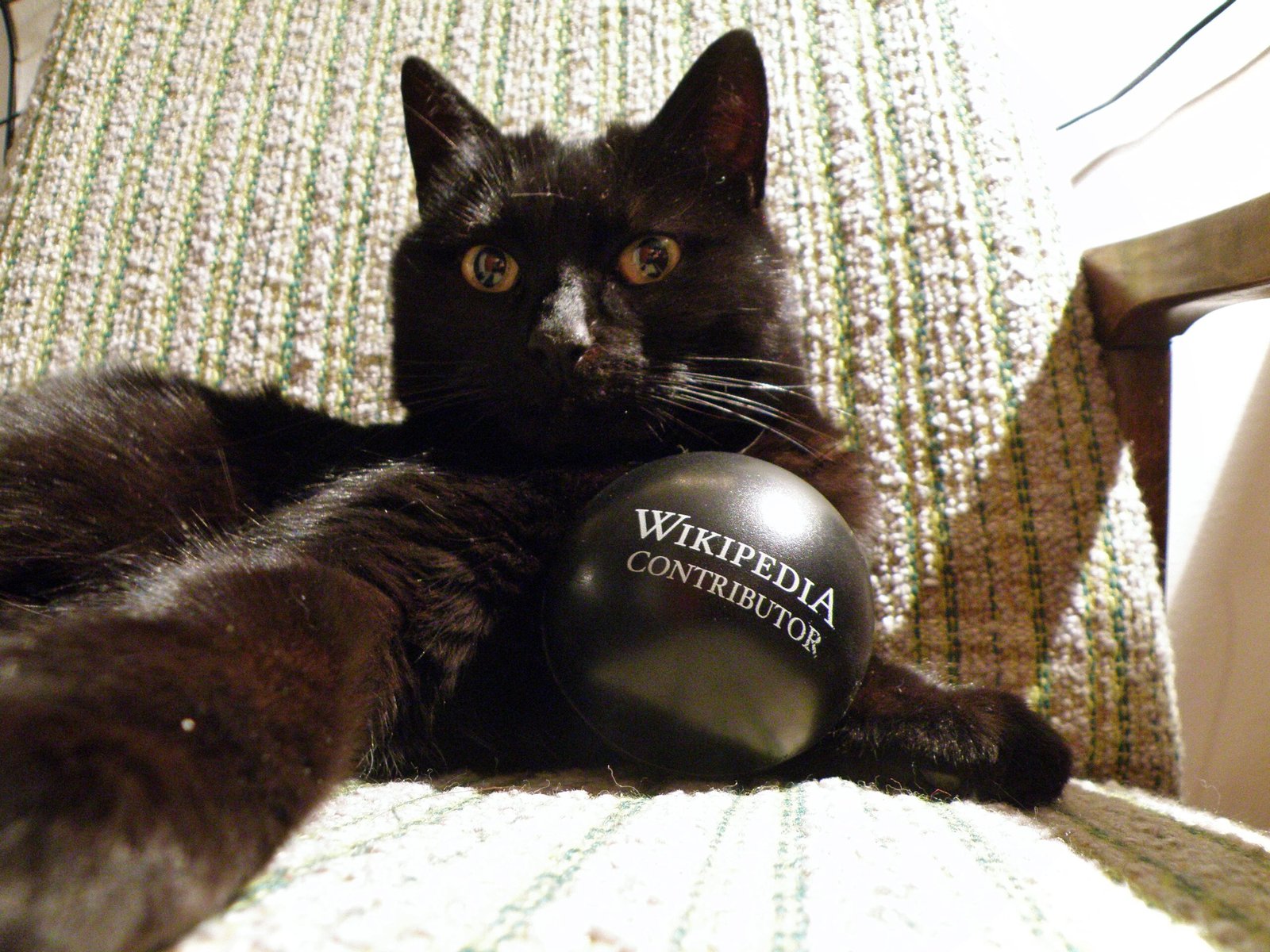
Just like people, cats can feel emotional stress. Loud noises, arguments in the house, or changes in your own routine can impact their sense of security. Separation anxiety is real for cats, especially if you’ve been home more often and suddenly leave for work. Some cats are more sensitive than others and may withdraw when overwhelmed. If your cat has gone through a recent trauma, such as the loss of a companion animal, their emotional wounds may make them more distant. Recognizing their stress is the first step in helping them heal.
Respecting Your Cat’s Personal Space

It’s tempting to chase after a distant cat, but this can make things worse. Cats value their independence and need time to process changes. Give them space, let them come to you when they’re ready, and avoid forcing interactions. Sometimes, the best way to show you care is to sit quietly nearby, reading a book or scrolling on your phone, letting your cat approach you at their own pace. This non-intrusive presence reassures them that you respect their boundaries, which can help rebuild trust.
Rebuilding Trust with Gentle Interactions

When your cat does approach, reward them with gentle pets, soft words, or their favorite treats. Keep your movements slow and your voice calm. Avoid sudden gestures or loud noises that might startle them. Even a small head bump or a slow blink from your cat is a sign they’re opening up again. These gentle interactions build positive associations and help your cat feel safe. Over time, your patience will pay off and your bond will grow stronger.
Creating a Calming Environment

Make your home a safe haven for your cat. Set up cozy hiding spots with soft blankets, cat trees, or cardboard boxes. Use pheromone diffusers to help reduce stress and create a sense of calm. Lower the volume of TVs or radios, and try to keep a consistent daily routine. Soft lighting and familiar smells can make your cat feel more secure. The more peaceful their environment, the more likely they are to come out of their shell and be themselves again.
Encouraging Play and Engagement
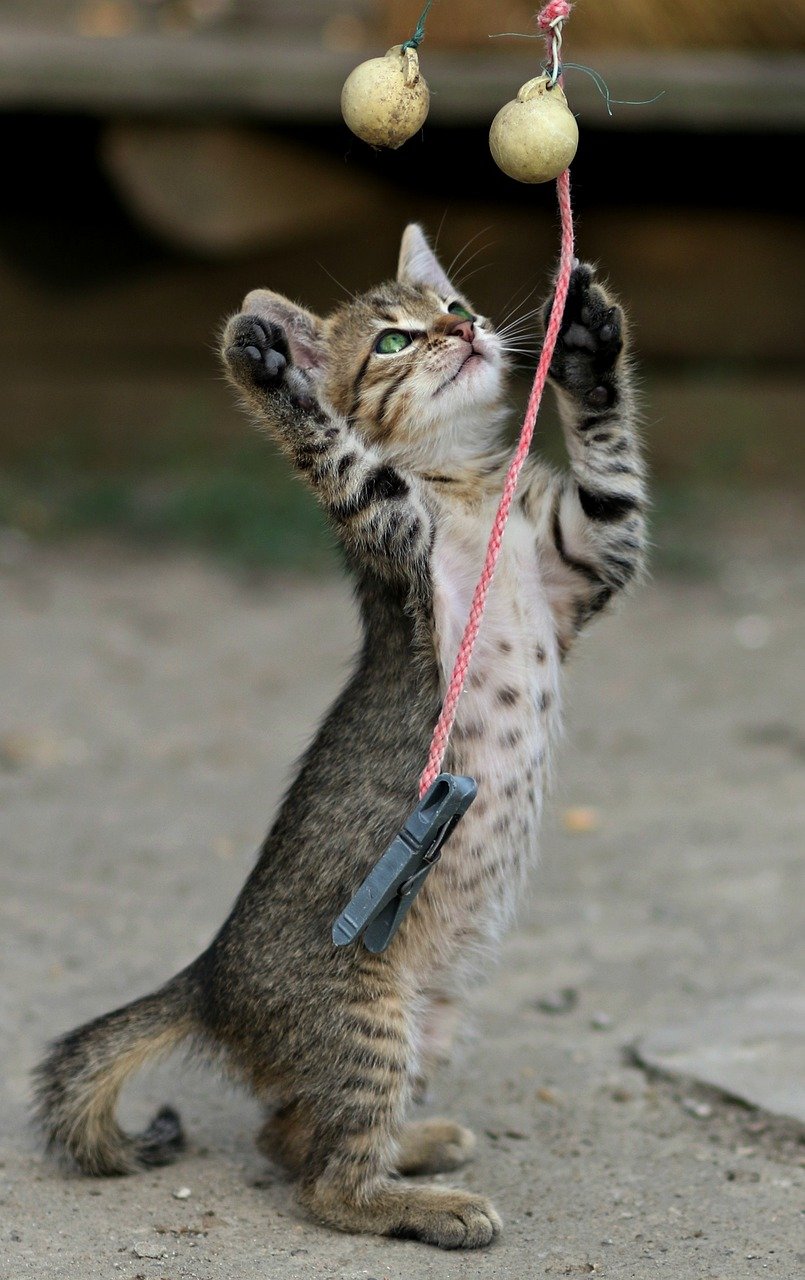
Interactive play is a fantastic way to reconnect with your cat. Use wand toys, laser pointers, or even crumpled paper balls to spark their interest. Keep play sessions short and fun, letting your cat decide when to start and stop. Play isn’t just about exercise—it’s about building confidence and trust. Even if your cat seems uninterested at first, gentle persistence often pays off. You might be surprised by a sudden pounce or a playful swat when you least expect it.
Offering Treats and Positive Reinforcement
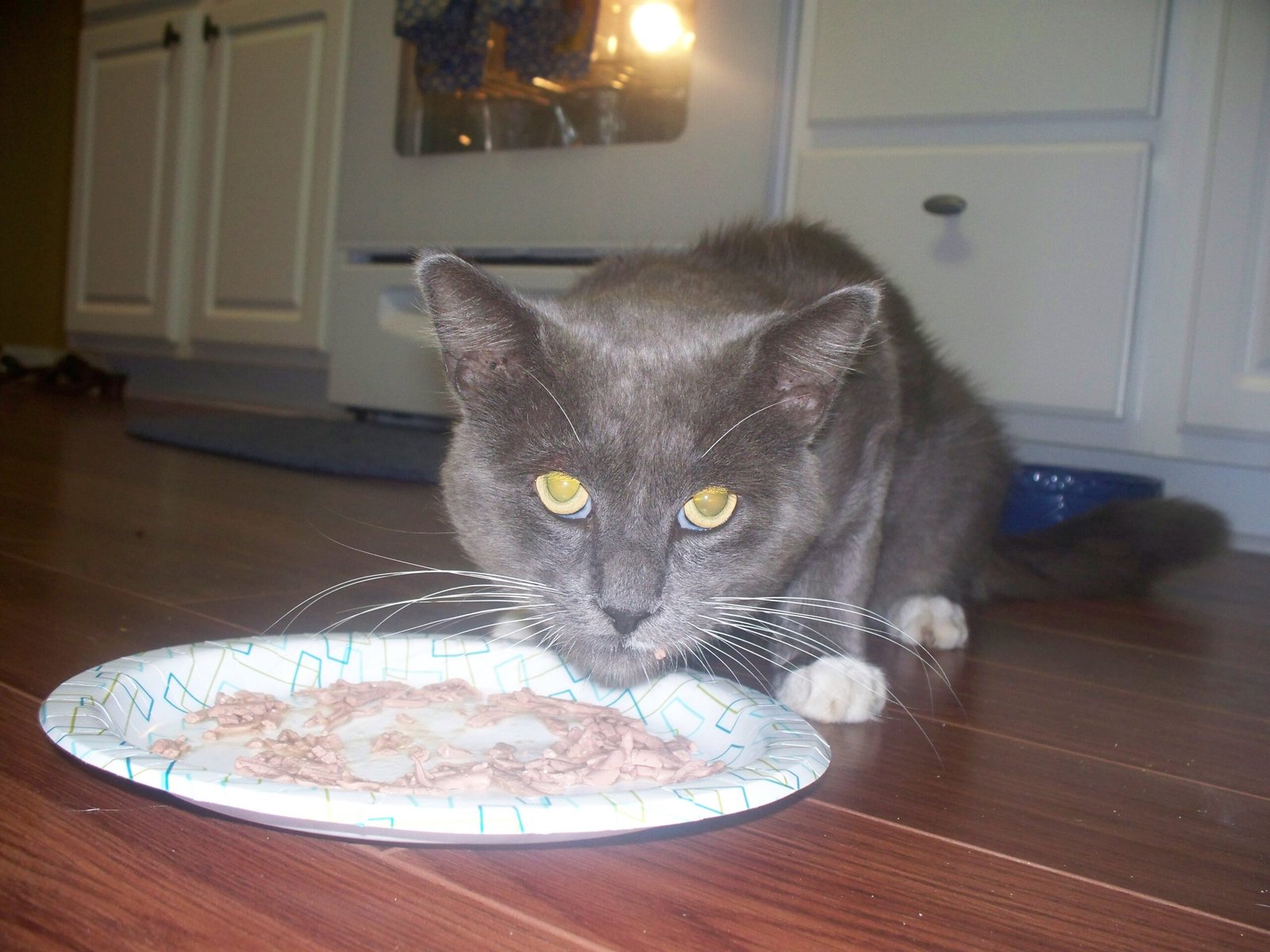
Every cat has a favorite treat, whether it’s a crunchy snack or a bit of tuna. Use treats to reward any approach or sign of engagement, no matter how small. Place treats near their hiding spot or offer them on an open palm. Avoid bribery or overfeeding; the goal is to create positive associations with your presence. Over time, your cat will learn that coming close to you brings rewards, and this can help them feel more comfortable.
Understanding the Role of Routine

Cats thrive on routine. Feeding, playtime, and cuddles should happen at the same time each day. Sudden changes can make a cat feel insecure and cause them to pull away. If your schedule has changed, try to establish new routines quickly. Predictability gives your cat a sense of control and safety. Even simple things, like saying “good morning” at the same time each day, can make a big difference in how your cat feels.
Watching for Signs of Improvement
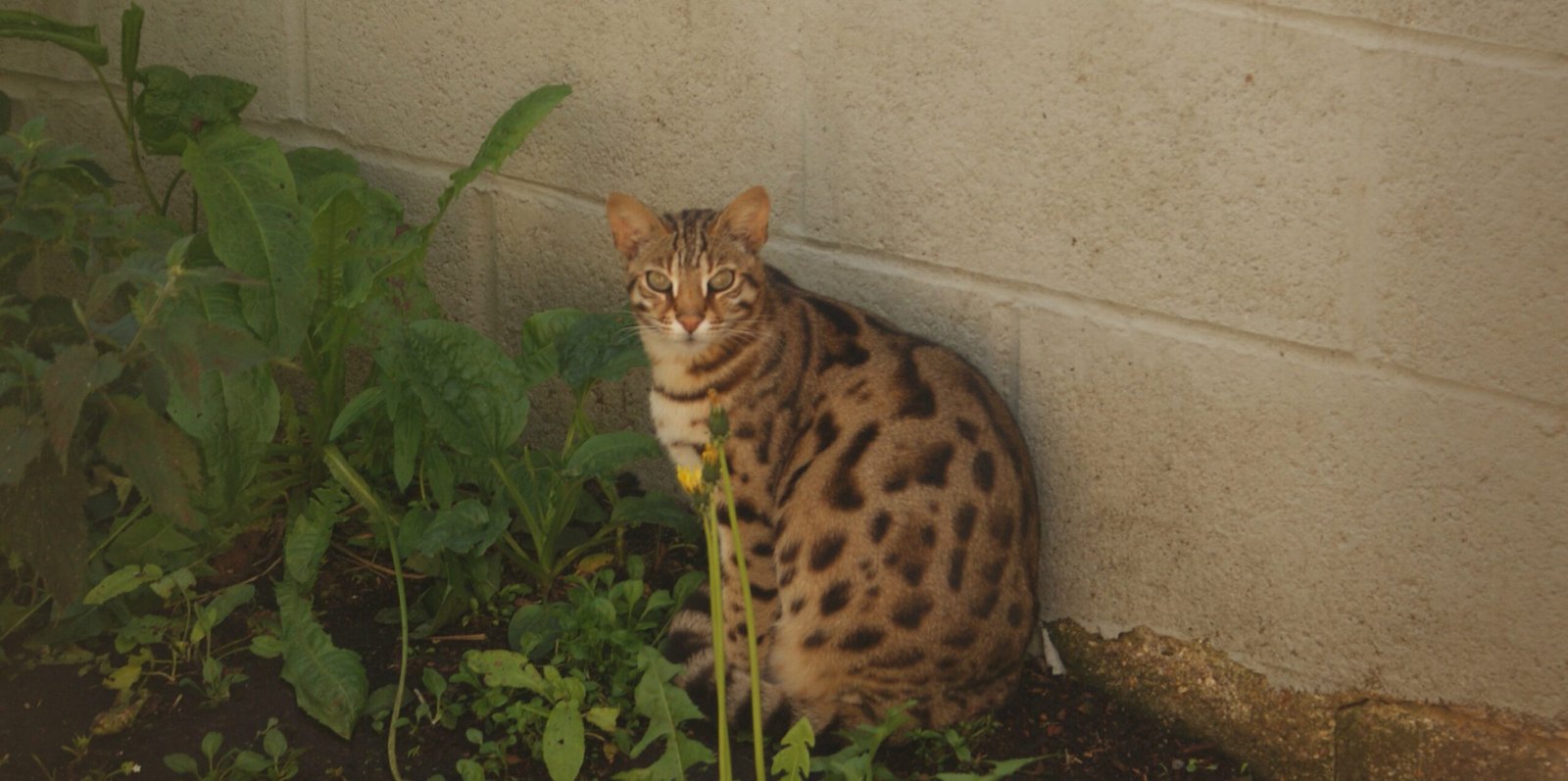
Progress with a distant cat can be slow and sometimes hard to notice. Look for small victories—your cat sitting in the same room as you, accepting a treat, or grooming themselves in your presence. These tiny steps show they’re regaining trust and confidence. Celebrate each milestone, no matter how small, and remember that setbacks are normal. Be patient and keep offering your support.
When to Seek Professional Help
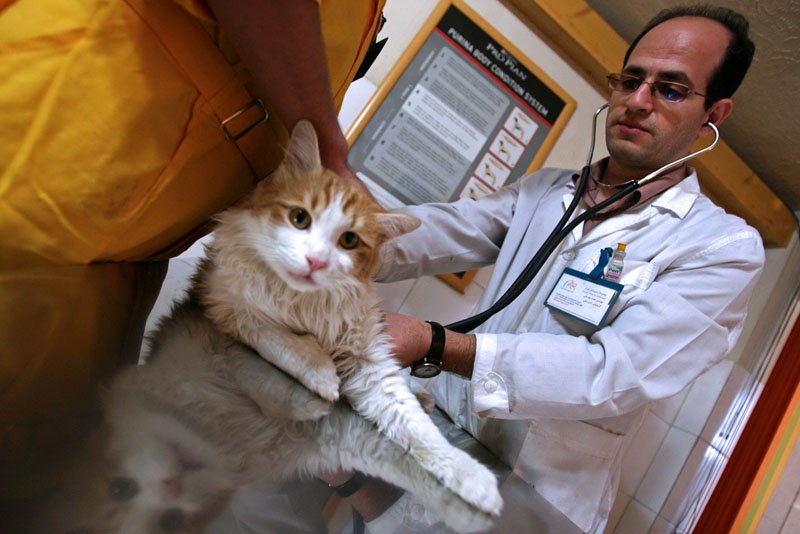
If your cat remains distant for more than a few weeks or starts showing signs of aggression or depression, it might be time to seek help from a veterinarian or a feline behaviorist. Professionals can help identify underlying medical or psychological issues and provide tailored strategies for your situation. Don’t feel embarrassed—sometimes, even the most experienced cat owners need a little expert advice.
Introducing New Pets or People Gradually
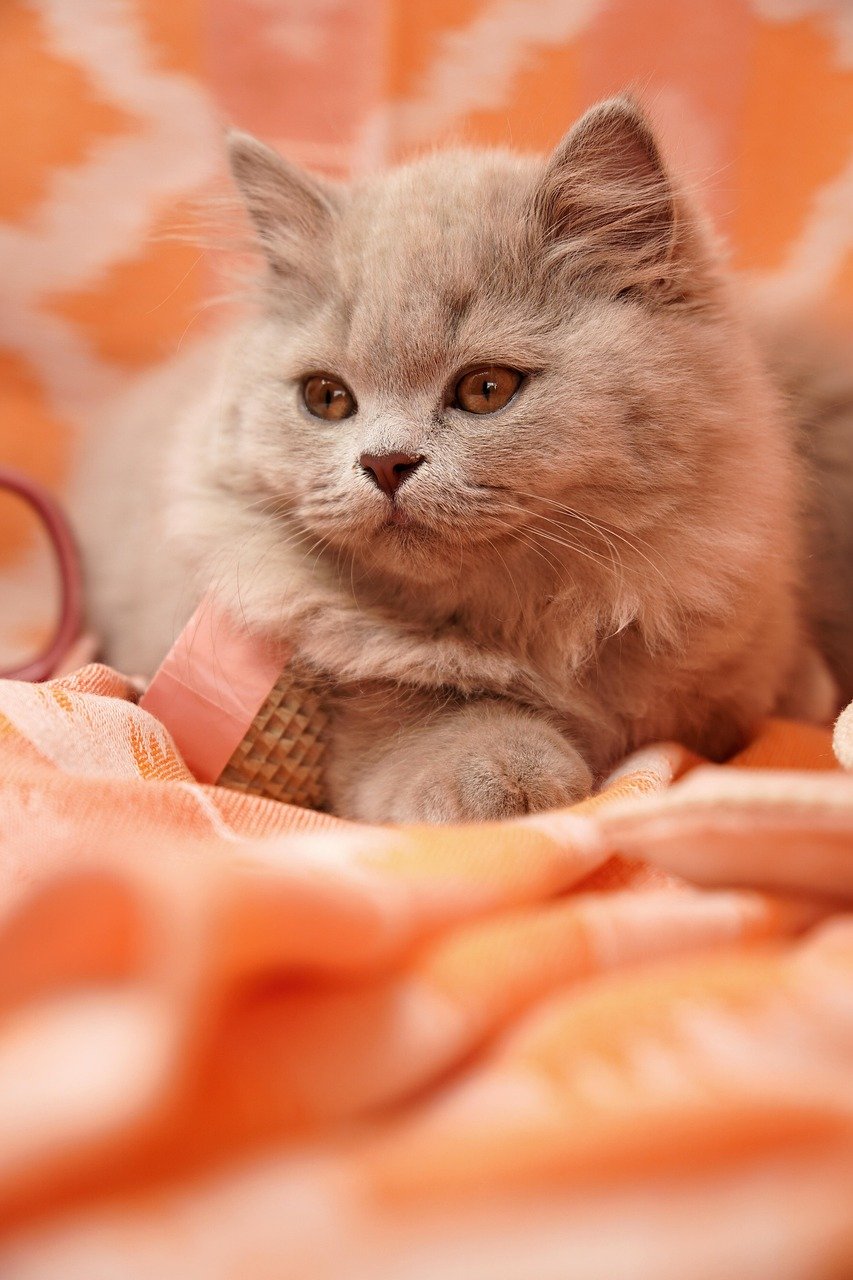
If a new pet or person has joined your household, it’s crucial to introduce them slowly. Give your cat their own space and allow them to observe from a distance. Use scent swapping—like rubbing a towel on the new arrival and letting your cat sniff it—to make the introduction less overwhelming. Supervised, short interactions help build positive associations and reduce the risk of long-term stress.
Handling Multi-Cat Dynamics
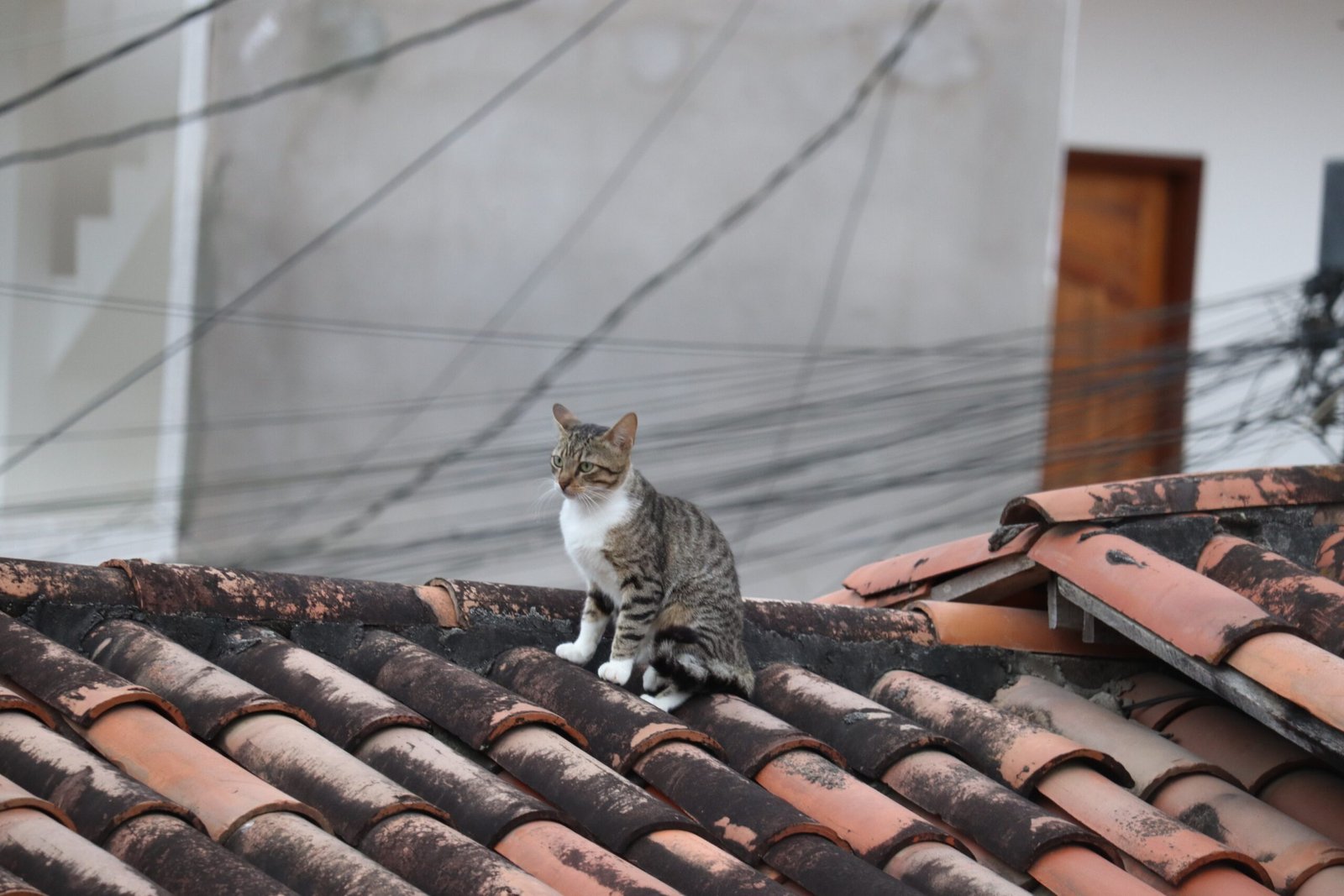
In homes with multiple cats, changes in hierarchy or conflicts can cause one cat to become distant. Watch for bullying, blocking access to food or litter boxes, or even silent standoffs. Make sure each cat has their own resources and safe spaces. Sometimes, separating cats temporarily and reintroducing them slowly can restore harmony. Pay attention to body language and intervene gently if needed.
Addressing Recent Traumatic Events
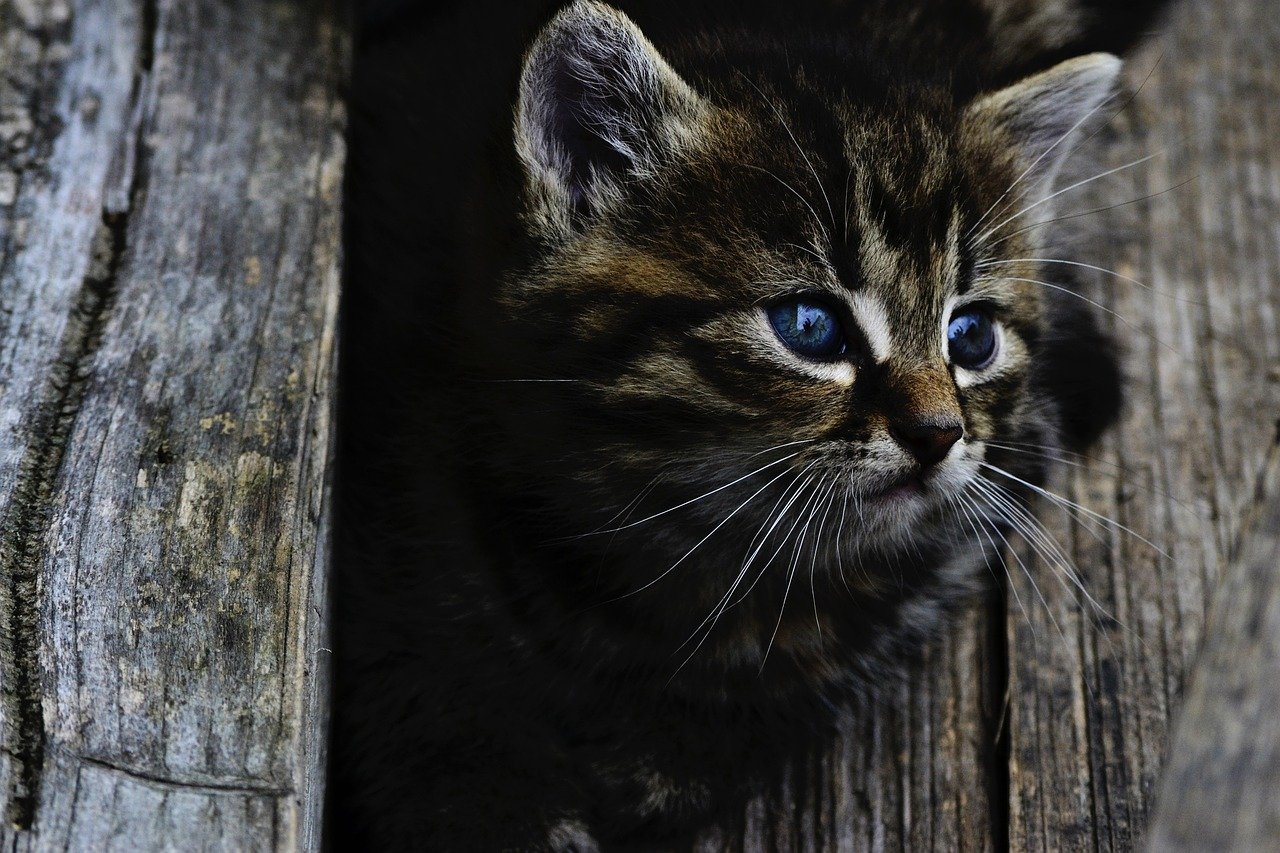
Cats can be deeply affected by traumatic events, such as loud fireworks, a house move, or the loss of a companion. Trauma might make them retreat and avoid contact. Provide extra comfort—soft bedding, quiet time, and gentle reassurance. Be patient and let them process at their own pace. Sometimes, just being present is the best comfort you can offer.
Using Scent and Familiar Objects
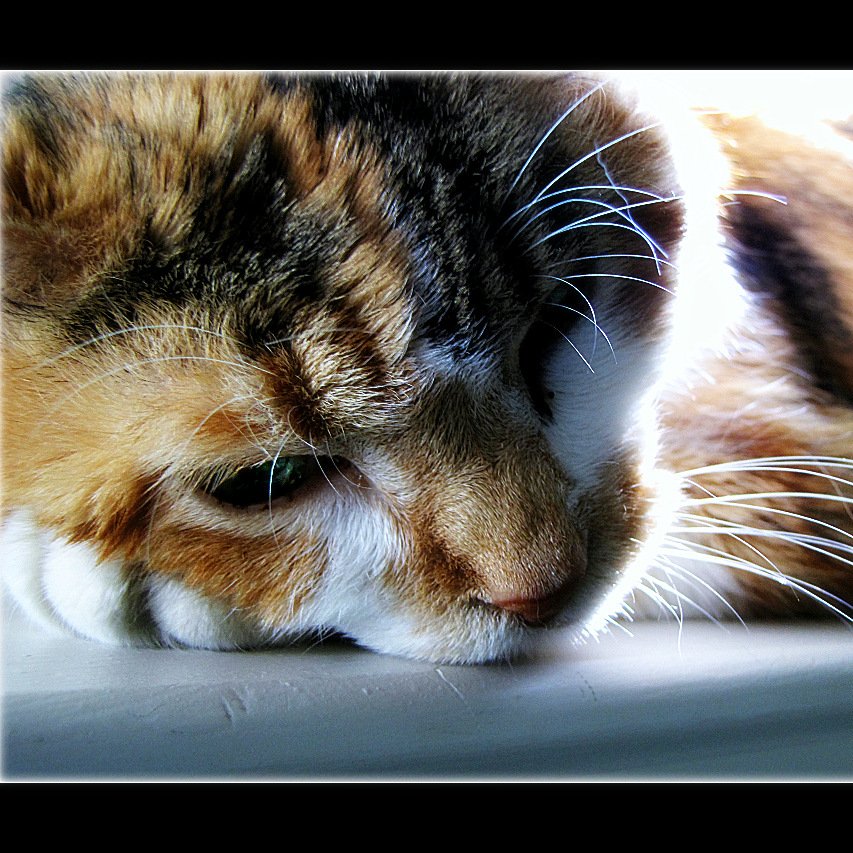
Cats rely on scent to feel secure. If your cat is distant, place items with your scent—like an old T-shirt—near their favorite spot. Familiar smells can be incredibly soothing. You can also use their own bedding or toys to encourage them to settle back into their routines. Avoid introducing too many new objects at once, as this can add to their stress.
Communicating Through Body Language
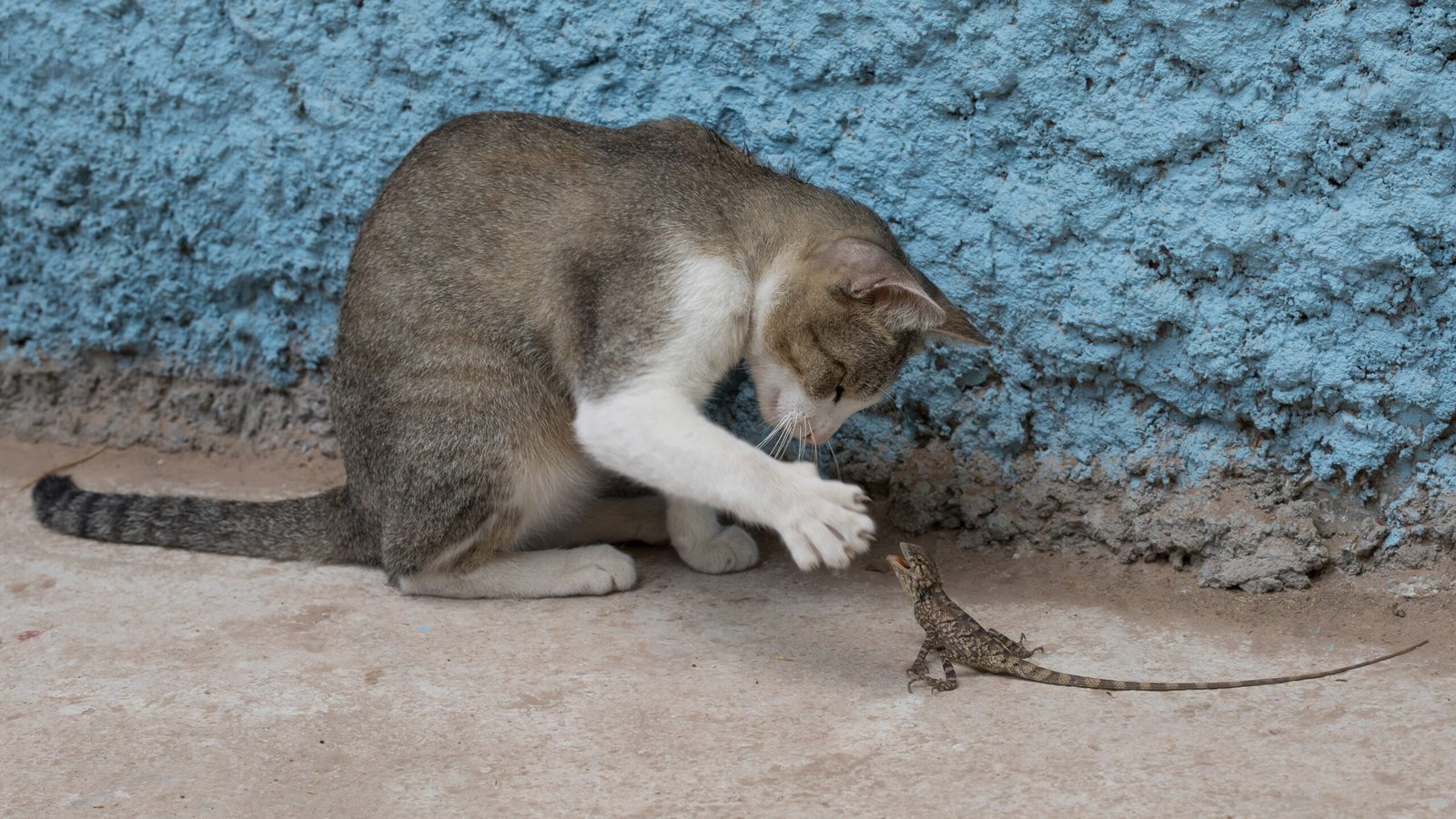
Pay attention to your own body language as well as your cat’s. Cats are sensitive to our movements and tone of voice. Approach them slowly, sit at their level, and avoid direct stares, which can feel threatening. Offer slow blinks, which are like “kitty kisses” and signal trust. Let your cat come to you, and respect their signals if they want space.
Understanding Individual Personality Differences
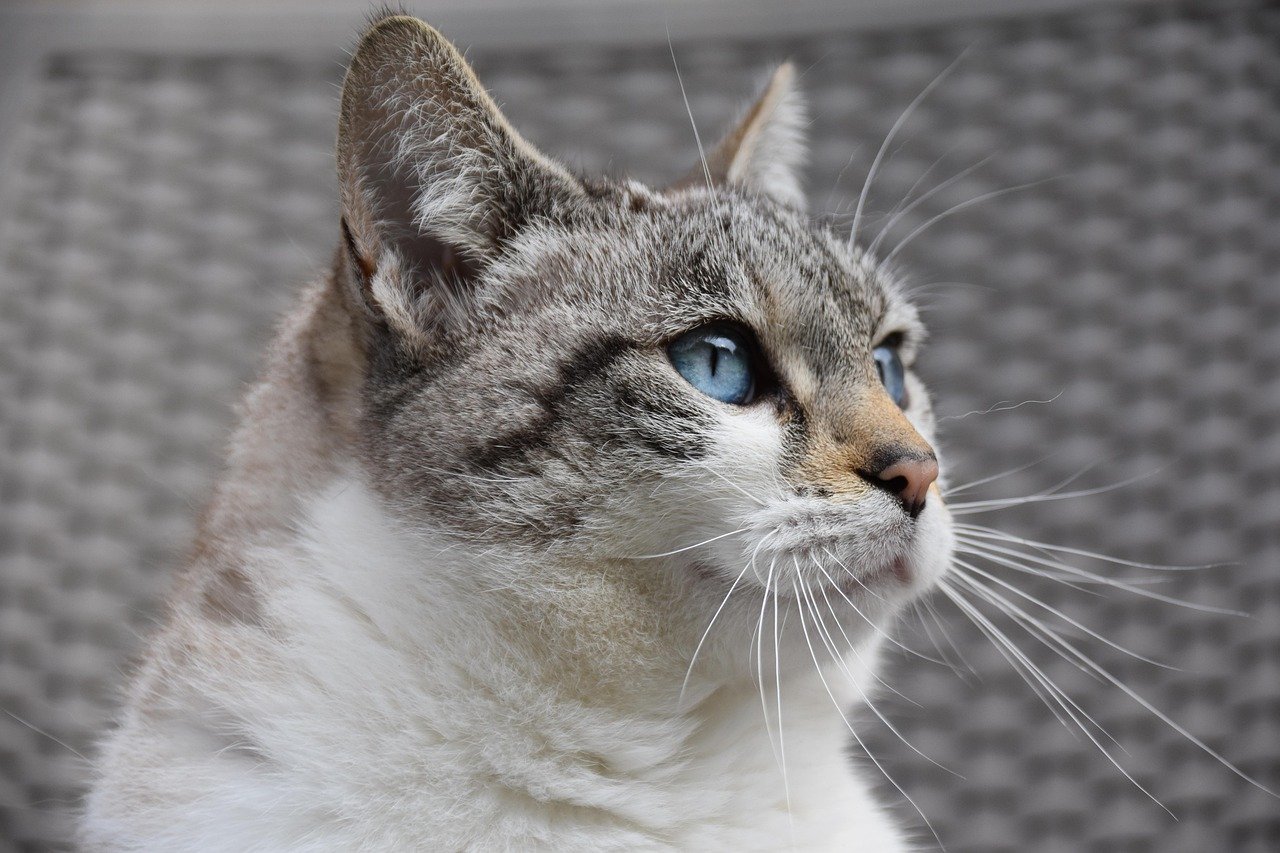
Every cat is unique—what works for one may not work for another. Some cats are naturally more reserved, while others are social butterflies. Recognize your cat’s individual personality and tailor your approach to fit their needs. Don’t compare them to other cats or expect them to behave a certain way. Embrace their quirks and love them for who they are.
Staying Patient and Hopeful
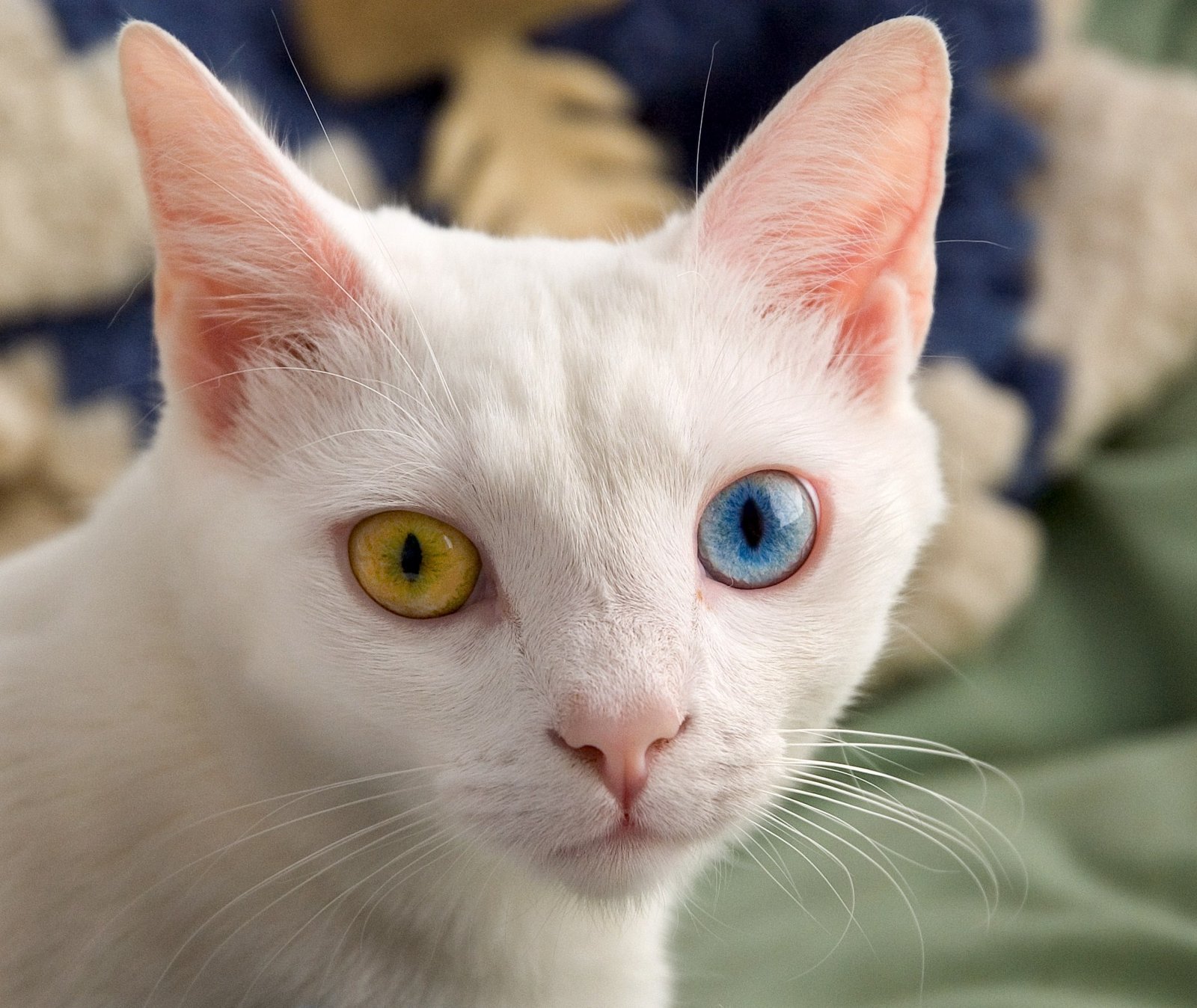
Rebuilding a connection with a distant cat takes time, patience, and a lot of love. There will be good days and frustrating ones. Remember, your cat’s distance isn’t a sign that they’ve stopped loving you—it’s simply their way of coping. Keep showing up, offering comfort, and respecting their boundaries. In time, most cats find their way back to their humans, often when you least expect it.
Preventing Future Distance
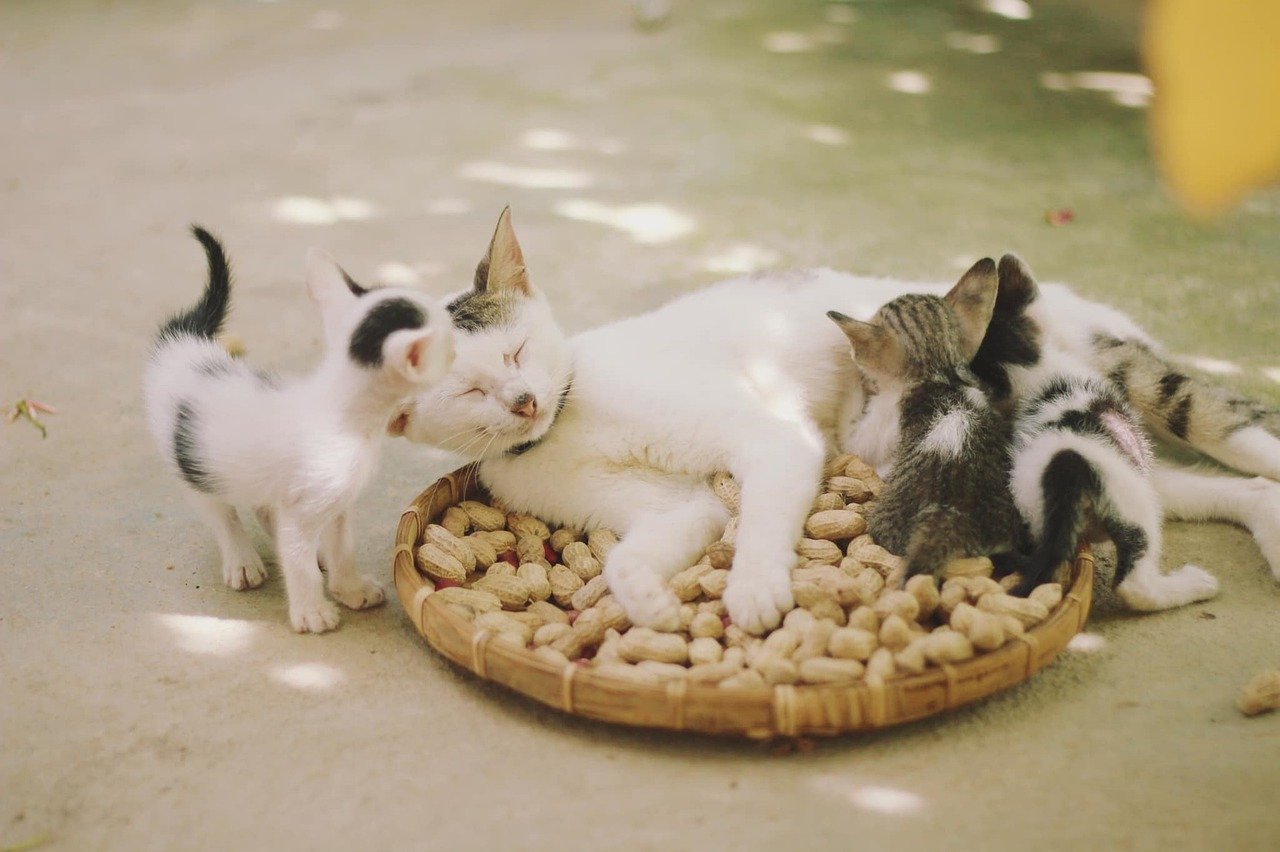
Once your cat has regained their confidence, maintain regular routines, and keep their environment stable. Continue to provide enrichment, play, and affection on their terms. Stay alert to changes in their behavior, and address issues early if they arise. By being proactive, you can help prevent future episodes of distance and create a stronger, more resilient bond with your feline friend.
Hi, I’m Bola, a passionate writer and creative strategist with a knack for crafting compelling content that educates, inspires, and connects. Over the years, I’ve honed my skills across various writing fields, including content creation, copywriting, online course development, and video scriptwriting.
When I’m not at my desk, you’ll find me exploring new ideas, reading books, or brainstorming creative ways to solve challenges. I believe that words have the power to transform, and I’m here to help you leverage that power for success.
Thanks for stopping by, Keep coming to this website to checkout new articles form me. You’d always love it!






